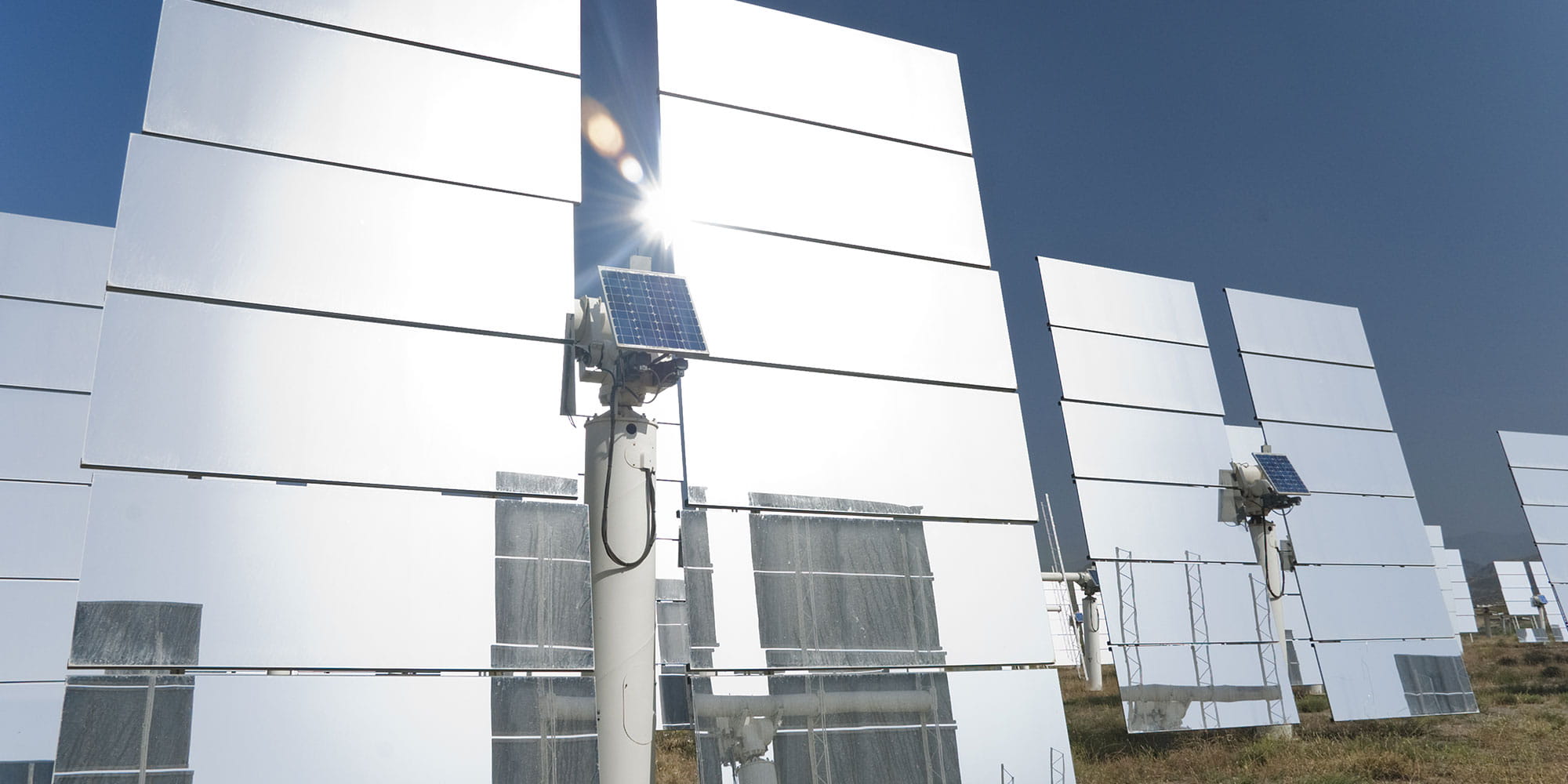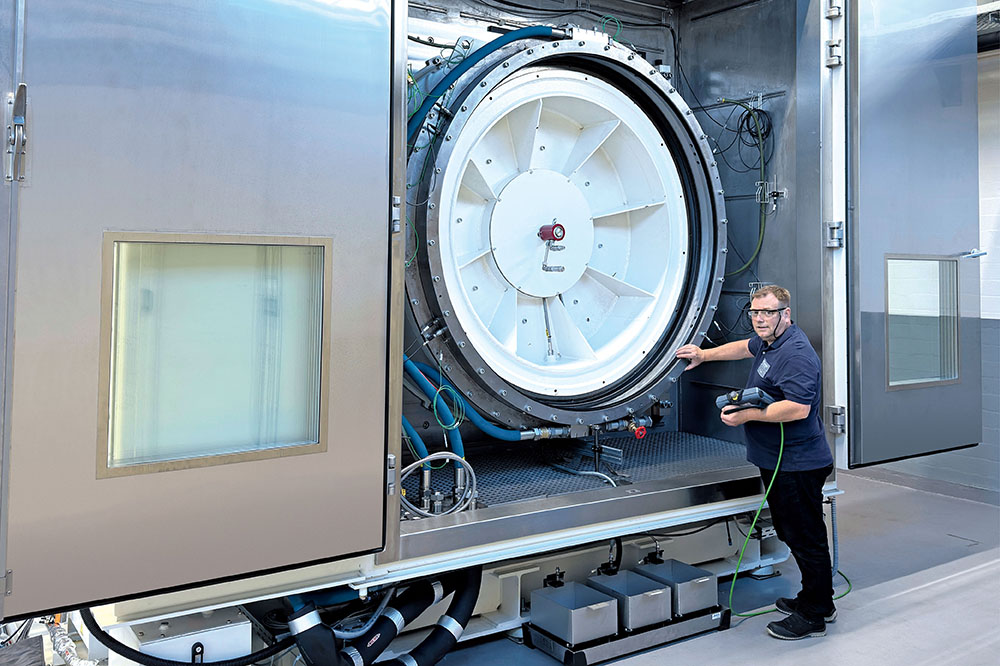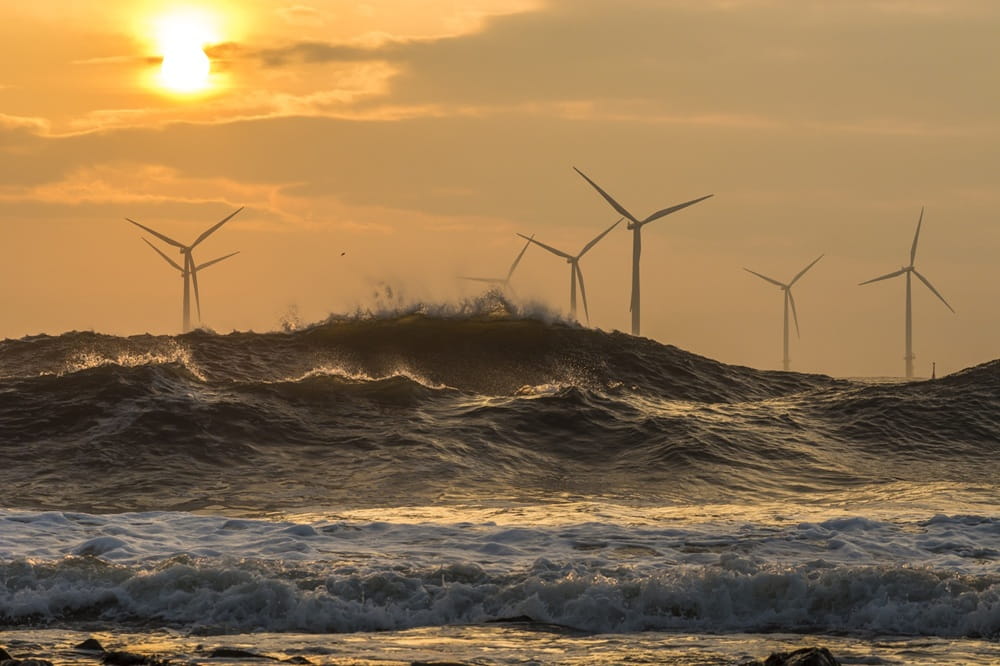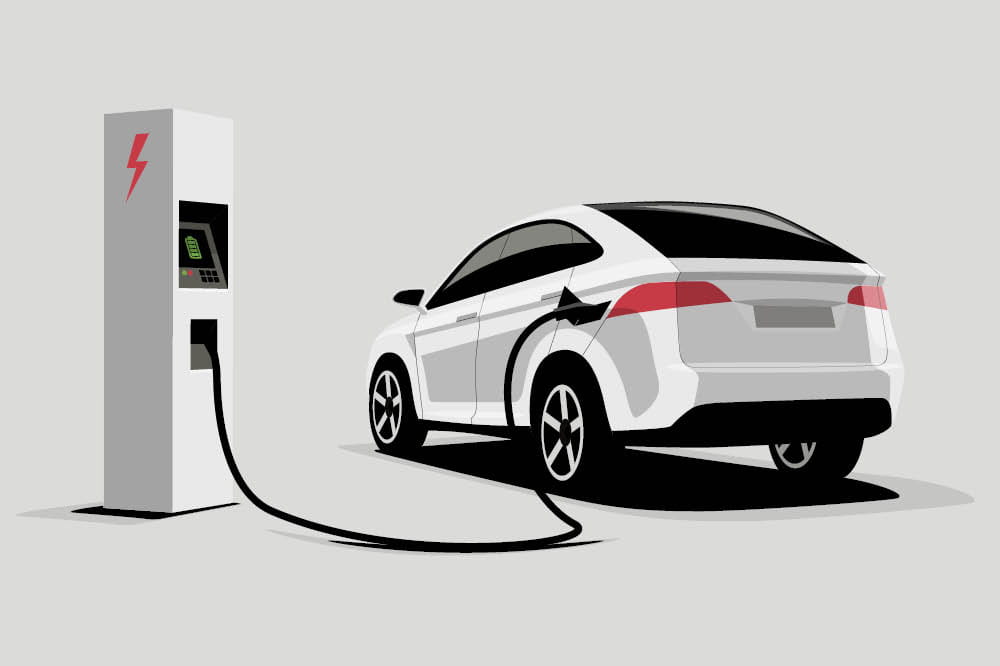Obtain news and background information about sealing technology, get in touch with innovative products – subscribe to the free e-mail newsletter.

03.04.2018 | Story
How to produce Hydrogen from Solar Energy
As a source of renewable energy, hydrogen has the potential to cut CO2 emissions significantly. The use of hydrogen seems especially promising in the energy and transportation sectors. In late November, the world’s largest test facility for producing hydrogen from solar energy went into operation in Almeria in southern Spain.
The Plataforma Solar de Almeria is a sprawling facility at the edge of the Tabernas desert, about 35 km north of Almeria’s downtown. Research on the use of solar energy has been underway here for decades, and a new experimental project was launched at the site in November 2017. Dozens of solar mirrors were installed in uniform rows in front of an enormous tower. By concentrating solar energy, they help produce hydrogen from water vapor. The goal of the scientists – including experts from the German Aerospace Center – and companies from several European countries is to use the gas for industrial purposes.
A Substantially More Powerful System
Thanks to improved materials and the use of a new reactor, the HYDROSOL_Plant project is capable of generating 750 kilowatts. That output is much greater than in the past – the yield was previously just 100 kilowatts. In the current tests, experts are investigating whether the materials used in the system are meeting expectations.
Water Splitting with a Thermochemical Reaction
The materials include nickel ferrite and ceroxide, which play an important role inside the reactor. They serve as so-called redox materials and, as a first step, they ensure that oxygen molecules are released at high temperatures. This is achieved by concentrating sunlight from the numerous solar mirrors on a focal point on the tower. There the redox materials are heated to 1,400°C and chemically reduced, giving off oxygen molecules. That is important for the second step when water vapor is fed through the reactor at 800 to 1,000°C. Once it is reduced, the redox material can absorb the oxygen from the water vapor. The oxygen remains in the reactor while the hydrogen resulting from the water splitting flows out and can be stored.
The Goal: Market Readiness
The HYDROSOL_Plant approach is an important interim step on the way to the efficient production of hydrogen using solar energy. Even though it is just a research project, it is already producing 1 kg of hydrogen per week. That’s enough to propel a fuel cell car 100 km. Over the course of the test, the output is supposed to reach 3 kg per week. Starting with a weekly output of 10 kg, the process could pay off as a stand-alone solution in regions without electricity. The researchers hope to further improve the process over the next ten years, enabling the industrial production of hydrogen. In any case, their ambitious goal is to get the process ready for the market.
More news on the subject Renewable Energies

Join Us!
Experience Freudenberg Sealing Technologies, its products and service offerings in text and videos, network with colleagues and stakeholders, and make valuable business contacts.
Connect on LinkedIn! open_in_new








